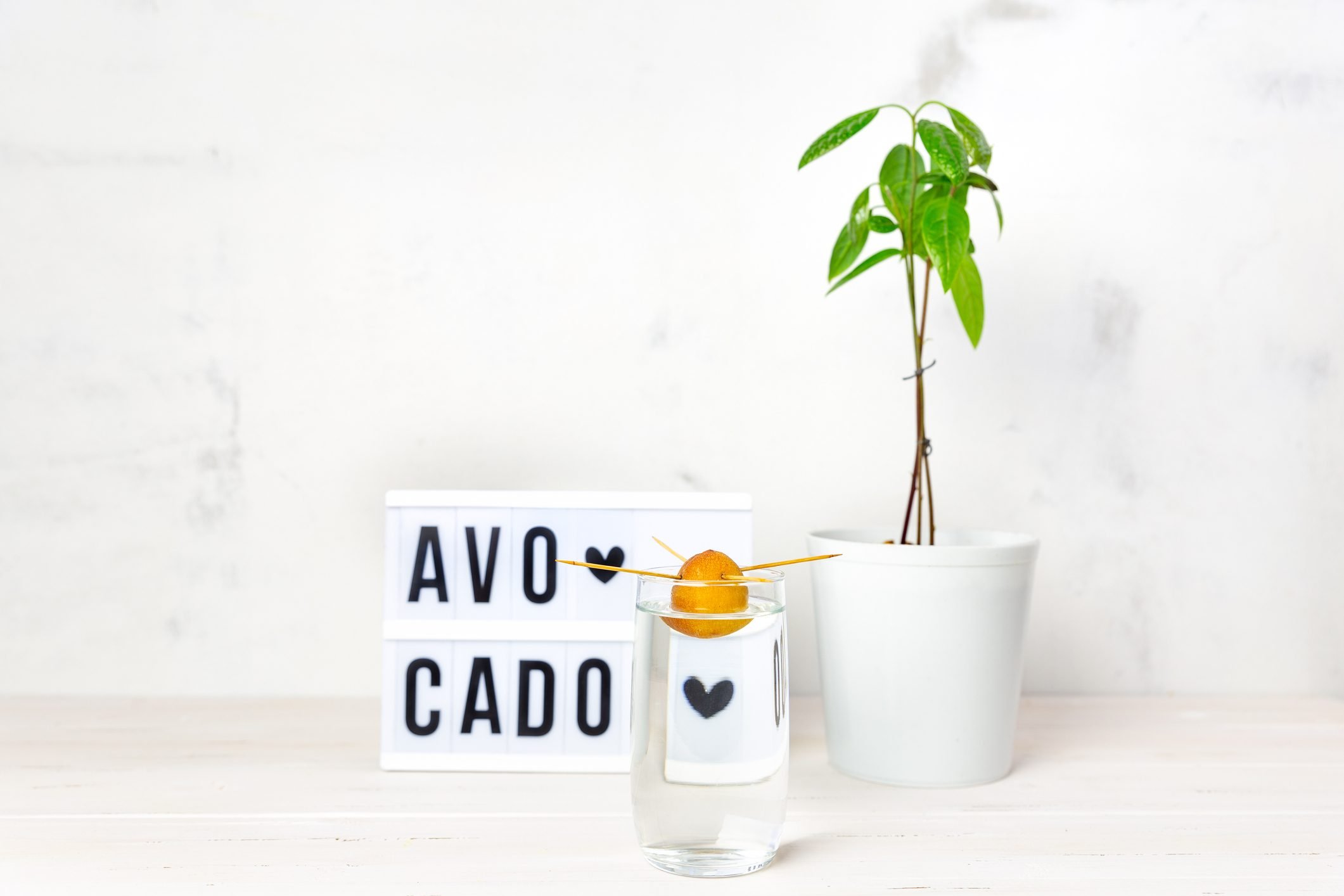Can You Grow an Avocado Tree Indoors?
Whether you’re drawn to the idea of making your own guacamole or simply enjoy the look of an avocado tree, you may have wondered if it’s possible to grow one indoors. While it’s definitely achievable, there are some important considerations to keep in mind.
Christy Wilhelmi, a gardening expert and author of “Grow Your Own Mini Fruit Garden: Planting and Tending Small Fruit Trees and Berries in Gardens and Containers,” shared her insights on growing avocado trees from pits and cuttings. She explained that while it’s possible to start an avocado tree from a pit, it’s not always the best approach—especially if you’re hoping for fruit.
Growing an Avocado Tree from a Pit
Many people try growing an avocado tree from a pit, often placing it in water until it sprouts. However, Christy noted that even though the pit might sprout, it rarely survives long when moved to soil. She explained that this is due to several factors, including improper drainage and potential pests in garden soil.
She also pointed out that avocados can take up to 10 years to bear fruit, and the resulting fruit may not taste like the original. This is because avocados don’t “breed true to type.” The genetic material in the seed comes from the pollination process, which can lead to unpredictable results.
If you’re still interested in trying, Christy recommends starting with a quality potting mix rather than garden soil. Make sure the container has drainage holes to prevent root rot. You can also place the pit in a compost bin, where it might sprout naturally.
Propagating from Cuttings
For those who want a more reliable way to grow an avocado tree, propagation from cuttings is a better option. This method ensures that the new plant will have the same characteristics as the parent tree.
To propagate an avocado tree from a cutting, select a healthy branch tip about 6 inches long with a few unopened buds. Make a 45-degree angle cut and nick the end to help it absorb water. Place the cutting in a soilless potting mix and keep the soil moist. Some gardeners choose to cover the pot with a plastic bag to create a humid environment, which encourages root growth.
After a few weeks, check for roots by gently tugging on the cutting. If it resists, roots have likely formed. Once the cutting starts producing new leaves, it can be transplanted into a larger container. While it may take several years before the tree produces fruit, this method is generally faster and more reliable than starting from a pit.
Choosing the Right Container
When growing an avocado tree indoors, the size of the container matters. Avocado trees can grow quite large, so it’s important to choose a dwarf variety that’s suitable for indoor spaces. Outdoor varieties can reach heights of 30 feet or more, but dwarf types are better suited for containers.
Start with a 6-inch pot with drainage holes. As the tree grows, move it to a larger container, such as a gallon-sized pot. Avoid placing small plants in overly large pots, as this can lead to root rot. Regularly check the soil moisture and adjust watering accordingly.
Watering Tips for Indoor Avocado Trees
Indoor avocado trees require consistent watering, especially in drier environments. Christy suggests checking the soil by inserting your finger up to the first knuckle. If it feels dry, give the plant a thorough soak. In winter, when indoor heating can dry out the air, it’s important to monitor how quickly the soil dries.
Final Thoughts
While growing an avocado tree indoors is possible, it requires patience and attention to detail. Whether you start from a pit or use cuttings, understanding the needs of the plant is key to success. With the right care, you can enjoy the beauty of an avocado tree in your home.







